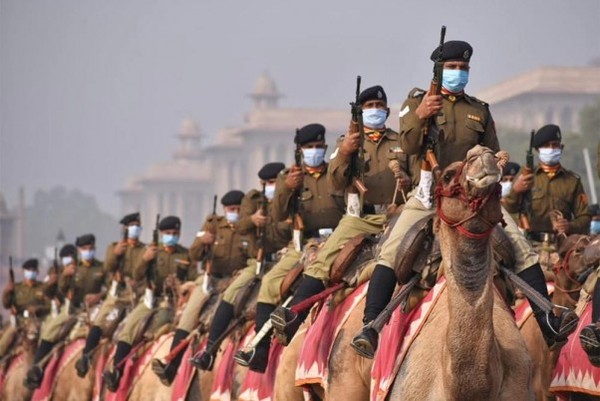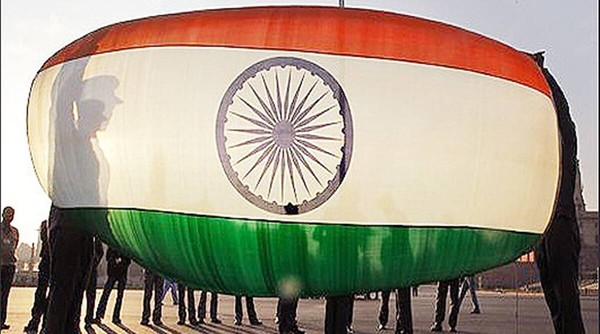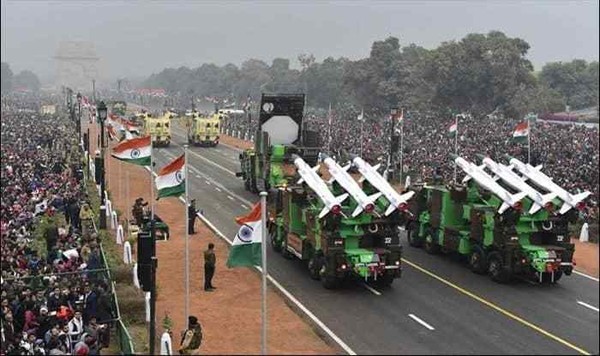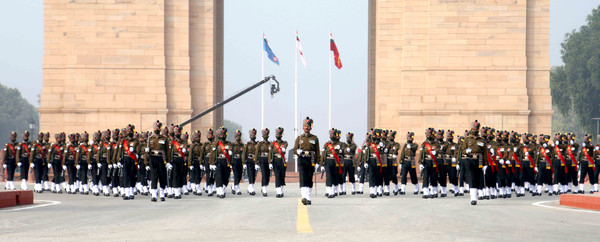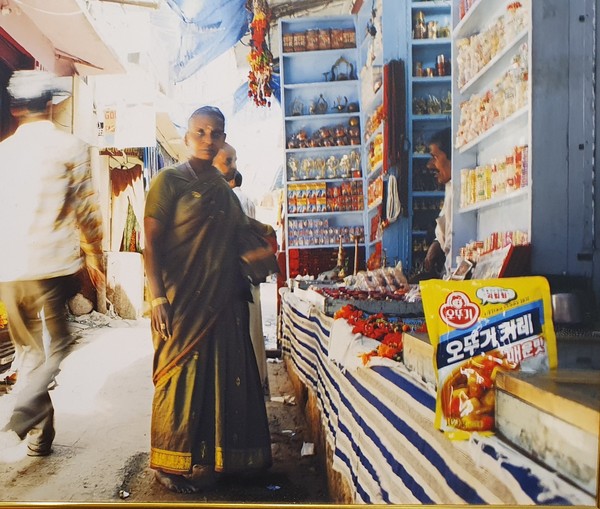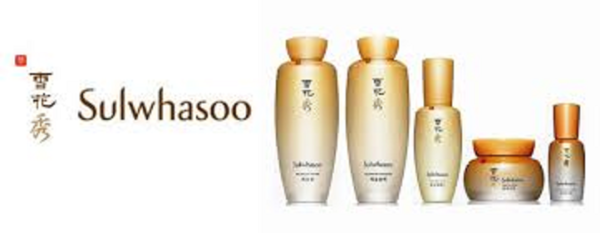India marks Republic Day on January 26th
By Publisher Lee Kyung-sik with Reporter Park Eun-mi
On January 22 this year, Prime Minister Narendra Modi of India, together with other leaders of the country, wished a Happy Republic Day 2021 to the people of his country. In his special message to the nation, Prime Minister Modi tweeted, "Wishing all the people of India a Happy Republic Day. Jai Hind!”
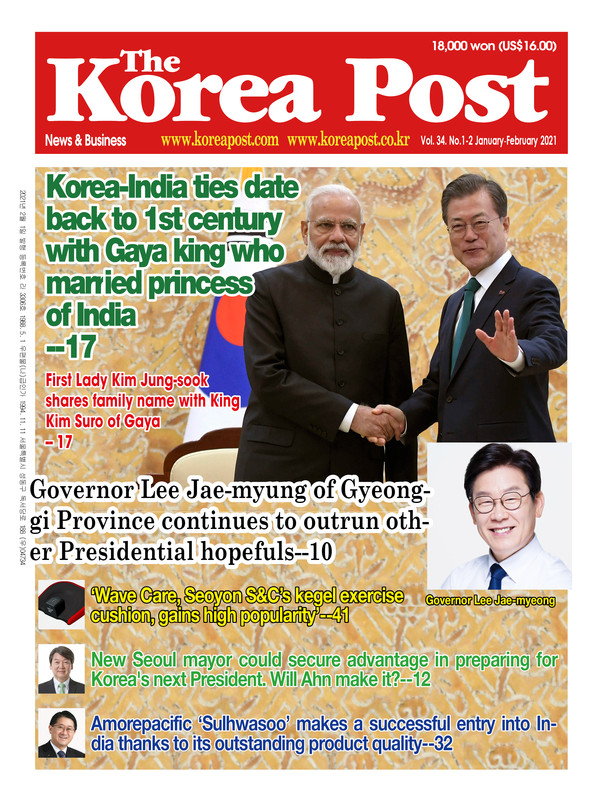
On this auspicious occasion for India, President Shri Ram Nath Kovind of India of India also issued a special statement. He said: “Greetings to all of you on the eve of the 72nd Republic Day of the world’s largest and most vibrant democracy. In this land of ours, enriched by diversity, with many festivals, our national festivals are celebrated by everyone with great patriotic fervor. We celebrate the national festival of the Republic Day with enthusiasm and express our respect for the national flag, and our faith in the Constitution.”

India is a very special country to Korea. History binds Korea and India closely together, which dates back to the days of the Kingdom of Garak-guk which was ruled by Founding King Kim Suro of the Garak Empire of Korea and Queen Heo Hwang-ok (AD32-189).
According to Samguk Yusa (Chronicles of Three Kingdoms of Korea), Princess Heo of India came to Korea with her elder brother (Jangyu Hwasang) and an entourage of India and arrived at the Garak State in Korea. King Kim Suro and Queen Heo gave birth to 10 children, including Prince Geodeung who later succeeded his father and became the king of Garak-guk.

According to the Presidential Office of Cheong Wa Dae, India is very, very special country to Korea, and this was well exemplified during the latest summit meeting between President Moon Jae-in and Prime Minister Narendra Modi of India on June 28, 2019.
President Moon said: “From early March this year, the Korean Government began to issue group tour visas to Indian citizens. I hope that a greater number of Indians will be able to visit Korea conveniently so that exchanges between our two countries will grow more vibrant.”
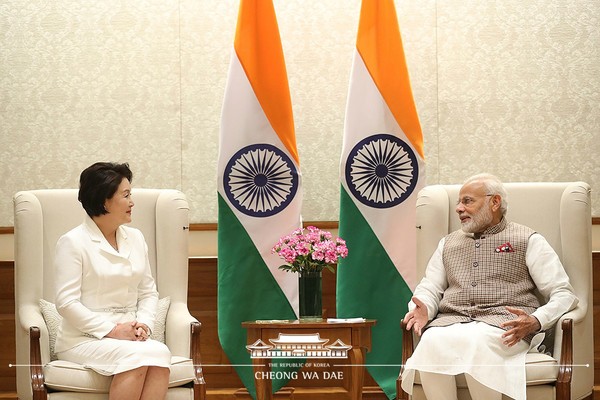
In reply, Prime Minister Modi said that Korea-India relations have developed further thanks to President Moon's leadership.
Noting that India now strives to boost technological prowess and productivity in the steel sector, Prime Minister Modi requested Korean businesses' investments. In response, President Moon said he hoped relevant businesses from both countries would be able to engage in consultations to flesh out means of cooperation.

The two leaders concurred that they should find common ground for cooperation between Korea’s New Southern Policy and India’s Act East Policy in a bid to create synergy. To that end, they agreed to closely cooperate on regional peace and stability while continuously identifying concrete, cooperative projects by establishing a high-level consultative body between the two countries.
In addition, President Moon and Prime Minister Modi exchanged opinions on diverse areas, including economic and defense industry cooperation as well as people-to-people exchanges between the two nations. Prime Minister Modi said that the Indian Government would actively review and carry forward all matters put forth by President Moon.

The Wikipedia Encyclopedia has interesting details on Prince Heo of India and King Kim Suro of the Gaya Kingdom. Excerpts follow:
Princess Heo Hwang-ok, also known as Suriratna, is a legendary queen mentioned in Samguk Yusa, a 13th-century Korean chronicle. According to Samguk Yusa, she became the queen of King Suro of Geumgwan Gaya at the age of 16, after having arrived by boat from a distant kingdom called Ayuta, making her the first queen of Geumgwan Gaya.

More than six million present-day Koreans, especially from Gimhae Kim, Heo and Lee (Yi) clans, trace their lineage to the legendary queen as the direct descendants of Queen Heo Hwang-ok's 12 children with King Kim Suro
Her native kingdom is believed to be located in India by some; there is, however, no mention of her in any pre-modern Indian sources. There is a tomb in Gimhae, Korea, that is believed by some to be hers, and a memorial in Ayodhya in India.
The legend of Heo Hwang-ok is found in Garakgukgi (the Record of Garak Kingdom) which is currently lost, but referenced within the Samguk Yusa. According to the legend, Heo was a princess of the “Ayuta Kingdom." The extant records do not identify Ayuta except as a distant country.
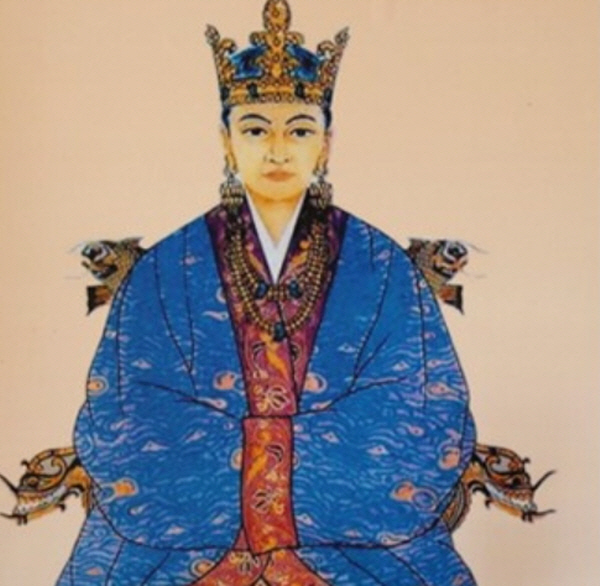
Written sources and popular culture often associate Ayuta with India but there are no records of the legend in India itself. Kim Byung-Mo, an anthropologist from Hanyang University in Seoul, identified Ayuta with Ayodhya in India based on phonetic similarity.
The Indian city now called Ayodhya was called Saketa in the ancient period, leaving room for further doubts. Grafton K. Mintz and Ha Tae-Hung implied that the Korean reference was actually to the Ayutthaya Kingdom of Thailand. However, according to George Cœdès, the Thai city was not founded until the year 1350, after the composition of Samguk Yusa.

After their marriage, Heo told King Suro that she was 16 years old. She stated her given name as Hwang-ok (Yellow Jade) and her family name as "Heo.”
She described how she came to Gaya as follows: The Heavenly Lord (Sange Je) appeared in her parents's dreams. He told them to send Heo to Suro, who had been chosen as the king of Gaya. The dream showed that the king had not yet found a queen. Heo's father then told her to go to Suro. After two months of a sea journey, she found Beondo, a peach which fruited only every 3000 years.

According to the legend, the courtiers of King Suro had requested him to select a wife from among the maidens they would bring to the court. However, Suro stated that his selection of a wife will be commanded by the Heavens. He commanded Yucheon-gan to take a horse and a boat to Mangsan-do, an island to the south of the capital.
At Mangsan, Yucheon saw a vessel with a red sail and a red flag. He sailed to the vessel, and escorted it to the shores of Gaya. Another officer, Singwigan went to the palace, and informed the King of the vessel's arrival. The King sent nine clan chiefs, asking them to escort the ship's passengers to the royal palace.
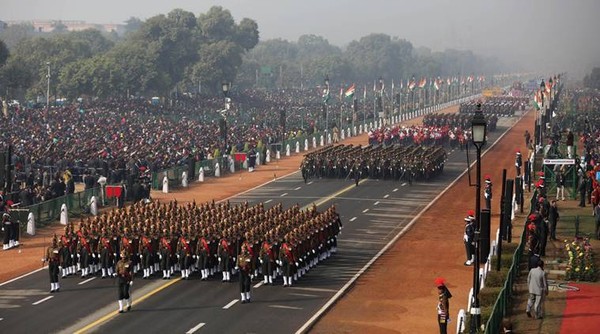
Princess Heo stated that she wouldn't accompany the strangers. Accordingly, the King ordered a tent to be pitched on the slopes of a hill near the palace. The princess then arrived at the tent with her courtiers and slaves. The courtiers included Sin Bo and Jo Gwang.
Their wives were Mojeong and Moryang respectively. The twenty slaves carried gold, silver, jewels, silk brocade, and tableware. Before marrying the king, the princess took off her silk trousers (mentioned as a skirt in a different section of Samguk Yusa) and offered them to the mountain spirit. King Suro tells her that he also knew about Heo's arrival in advance, and therefore, did not marry the maidens recommended by his courtiers.
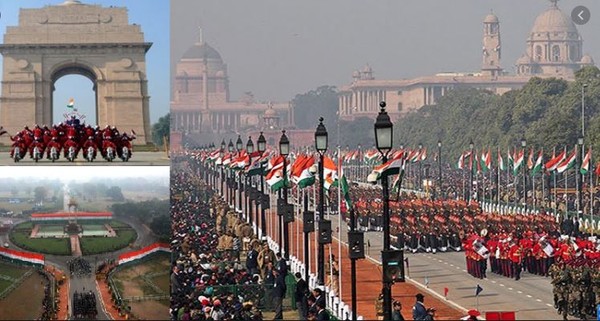
When some of the Queen's escorts decided to return home, King Suro gave each of them thirty rolls of hempen cloth (one roll was of 40 yards). He also gave each person ten bags of rice for the return voyage.
A part of the Queen's original convoy, including the two courtiers and their wives, stayed back with her. The queen was given a residence in the inner palace, while the two courtiers and their wives were given separate residences. The rest of her convoy were given a guest house of twenty rooms.
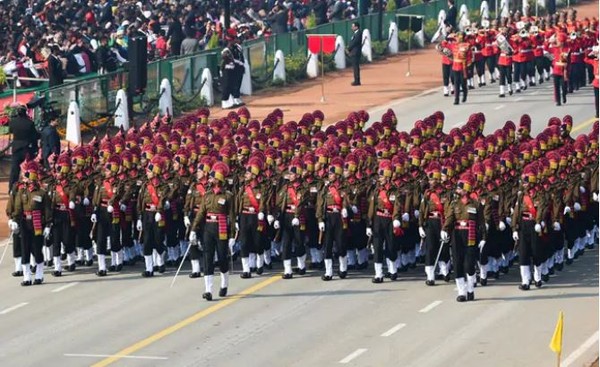
King Suro and Queen Heo gave birth to a total 12 children, the eldest son was Geodeung. She requested Suro to let two of the children bear her maiden surname. Legendary genealogical records trace the origins of the Gimhae Heo to these two children.
The Gimhae Kims trace their origin to the other eight sons, and so do the Yi (or Lee) of the Incheon clan. According to the Jilburam, the remaining seven sons are said to have followed their maternal uncle Po-Ok's footsteps and devoted themselves to Buddhist meditation. They were named Hyejin, Gakcho, Jigam, Deonggyeon, Dumu, Jeongheong and Gyejang. Overall, more than six million Koreans trace their lineage to Queen Heo. The other two were female and were married respectively to a son of Talhae and a noble of Silla.

Queen Suro's Tomb (Queen Heo Hwang-ok) is in Gimhae in Korea. The tombs believed to be that of Heo and Suro are located in Gimhae, South Korea. A pagoda traditionally held to have been brought to Korea on her ship is located near her grave.
Samguk Yusa reports that the pagoda was erected on her ship in order to calm the god of the ocean and allow the ship to pass. The unusual and rough form of this pagoda, unlike any other in Korea, may lend some credence to the account.
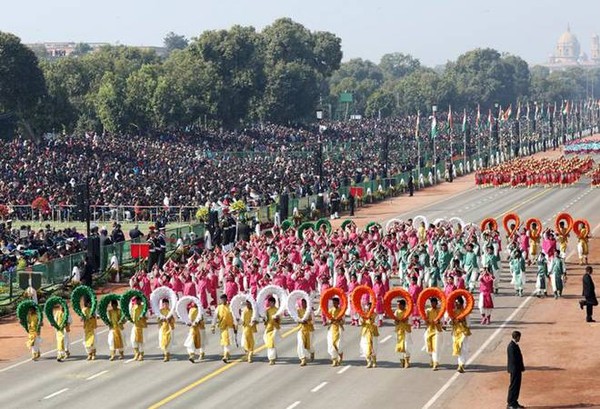
A passage in Samguk Yusa indicates that King Jilji built a Buddhist temple for the ancestral Queen Heo Hwang-ok on the spot where she and King Suro were married. He called the temple Wanghusa (Queen's Tmple) and provided it with ten gyeol of stipend land.
A gyeol varied in size from 2.2 acres to 9 acres (8,903–36,422 m2) depending upon the fertility of the land. Samguk Yusa also records that the temple was built in 452. The temple was called Wanghusa, or "Queen's temple." Since there is no other record of Buddhism having been adopted in the 5th-century Gaya, modern scholars have interpreted this as an ancestral shrine rather than a Buddhist temple.

Memorial of Heo Hwang-ok, Ayodhya: Based on the phonetic similarity of Ayuta with Ayodhya in India, several Koreans believe Heo Hwang-ok to be an Indian princess. In 2001, a Memorial of Heo Hwang-ok was inaugurated by a Korean delegation, which included over a hundred historians and government representatives. In 2016, a Korean delegation proposed to develop the memorial. The proposal was accepted by the Uttar Pradesh chief minister Akhilesh Yadav. On Nov. 6, 2018 on the eve of Deepavali celebration, First Lady Kim Jung-sook of Korea laid the foundation stone for the expansion and beautification of the existing memorial.

She offered tribute at the Queen Heo Memorial, attended a ground-breaking ceremony for the upgrade and beautification of the memorial, attended an elaborate Diwali celebration at Ayodhya along with the present Chief Minister of Uttar Pradesh Yogi Adityanath that included cultural shows and lighting of 300,000-plus lights on the banks of Saryu River.
As per reports, every year, hundreds of South Koreans visit Ayodhya for paying homage to their legendary queen Heo Hwang-ok.

